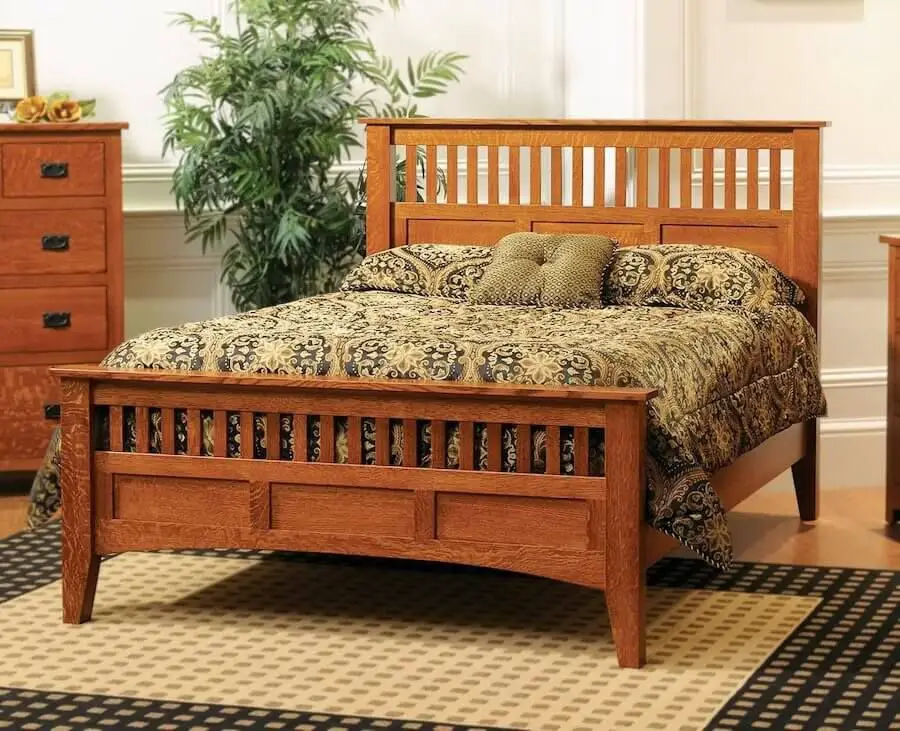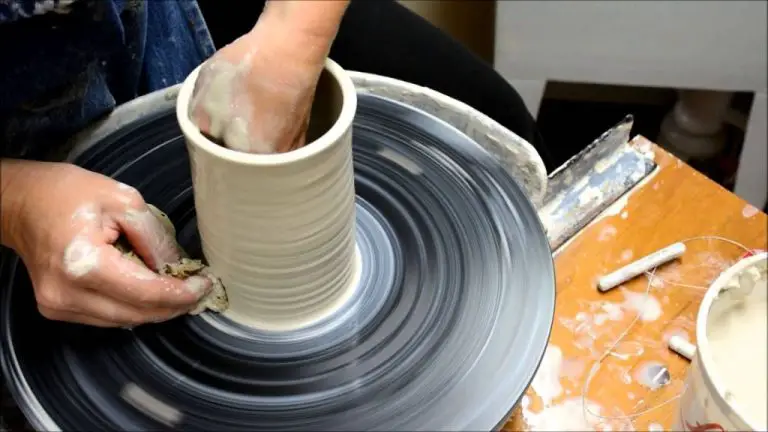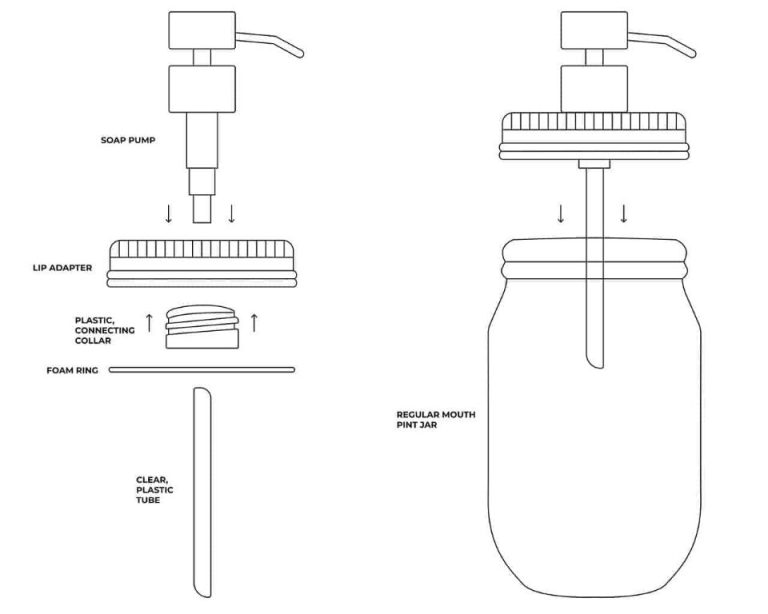What’S The Most Sturdy Bed Frame?
When shopping for a bed frame, sturdiness is an important consideration. A sturdy bed frame will provide adequate support for the mattress and withstand the daily wear and tear of use over many years. According to Bassett Furniture (https://www.quaggadesigns.com/post/bassett-furniture-bed-frames-versus-restoration-hardware-bed-frames-versus-quagga-designs-bed-frames), sturdy bed frames are often constructed from strong materials like solid wood or metal that can handle repeated stress and strain without breaking down.
The overall sturdiness of a bed frame depends on the quality of materials used, the type of joints connecting pieces, the strength of the legs and center support, the inclusion of headboards/footboards, and proper construction techniques. In this article, we will explore the key factors that make up a sturdy, high-quality bed frame built to last.
Materials
The most common materials used for bed frames are wood, metal, and upholstered composites. Each material has its own advantages and disadvantages in terms of durability, price, and aesthetics.
Wood bed frames like oak, maple, and pine are attractive, durable, and provide a classic look. High quality solid wood is resilient against wear and tear over time. However, lower quality wood and veneers can warp or crack. Solid wood frames tend to be the most expensive option.
Metal bed frames made of steel or wrought iron last a long time and can support more weight than wood. They often fold up for easy mobility and storage. However, metal can creak and is prone to rusting. Metal frames tend to be more affordable than solid wood.
Upholstered bed frames have a wood or metal frame with padding and fabric. The soft, stylish exterior makes them attractive but less durable over decades of use. Upholstered frames can be moderately priced and provide noise reduction.
Ultimately the best material comes down to budget, visual appeal, ability to support weight, and desired longevity. Those wanting a sturdy bed frame for decades may prefer wood, while renters and those on a budget may opt for metal [1]. Composites strike a balance but may wear faster than wood or metal.
Joints
The joints used to connect the pieces of a bed frame play a critical role in determining the frame’s overall sturdiness and weight capacity. Two of the most common types of joints used in bed frames are welded joints and bolted joints.
Welded joints involve permanently fusing the frame pieces together using welding. This creates an extremely rigid connection that can withstand a lot of force and weight. Welding allows for seamless joints without gaps, improving durability. However, welded beds are much heavier and more difficult to disassemble if needed.
Bolted joints use hardware like screws, bolts, and corner braces to mechanically fasten the frame pieces together. Bolts can be tightened to create very secure connections, but small gaps may exist between pieces. Bolted joints make beds easier to assemble and disassemble. However, very heavy use over time could loosen bolts. Bolt strength depends on bolt size, materials, and design.
For maximum sturdiness in a permanent bed, welded steel joints are often best. But for versatility and easier assembly, high-quality bolted joints with strong metal corner braces can provide excellent durability.
Source: https://www.wwgoa.com/post/best-woodworking-joints/
Legs
The number and placement of legs is critical for creating a sturdy bed frame. Most experts recommend having at least 6 legs for a queen or king size bed frame. Having a leg at each corner is ideal, with additional legs along the sides for extra support. Some sources recommend having a leg every 18-24 inches along the perimeter to prevent sagging (Platform Bed Frame Guide).
Having strong, thick legs made of hardwood or steel can also add to the stability of the frame. Many recommend legs that are at least 3-4 inches thick for sufficient strength and durability ( Bed leg question re: strength). The legs should be firmly attached to the frame using sturdy joinery like mortise and tenon joints.
Overall, a bed frame with at least 6 well-spaced, thick hardwood or steel legs joined securely should provide the most sturdy base.
Center Support

Center support is key for providing stability and preventing sagging in platform and slat bed frames. Without a center support beam, slats and mattresses are prone to bowing and sinking over time under the weight of sleepers (Source: https://bedroomsandmore.com/blog/platform-beds/).
There are a few options for providing adequate center support:
- Center beam – A beam running perpendicular across the center of the bed from headboard to footboard. This ties the sides together and reduces strain on individual slats.
- Additional leg support – Legs or feet added at the center of the frame to prevent sagging.
- Box spring – Placing a box spring on top of slats helps distribute weight more evenly.
- Bunkie board – Thin plywood boards placed over slats provide a more uniform surface for the mattress.
Without center support, slats alone are not enough. Even sturdy hardwood slats spaced closely together can bow over time (Source: https://sleepworks.com/platform-bed-frame-guide/). Proper center support is crucial for a long-lasting frame.
Height
The height of the bed frame is an important consideration for sturdiness. There are pros and cons to both low and high bed frames:
Low Bed Frames
Pros:
- More stable with less height for the frame to wobble
- Easier to get in and out of bed
- Less likely to be top-heavy and tip over
Cons:
- Less underbed storage space
- More difficult to clean under the bed
High Bed Frames
Pros:
- More underbed storage space
- Easier to clean under the bed
Cons:
- More prone to wobbling with the added height
- Harder to get into and out of bed
- Higher center of gravity makes it more likely to tip over if bumped into or improperly assembled
The ideal height for stability is likely around 16-24 inches off the ground. Going much higher than that risks compromised sturdiness.
Headboards/Footboards
Headboards and footboards can be attached to the bed frame or standalone pieces. Attached headboards and footboards are integrated into the bed frame design and construction. This provides a seamless look and added stability. Standalone headboards and footboards simply lean against the wall and do not attach to the bed frame. Some key differences include:
Attached:
- More stable and less likely to move or fall over
- Often made of the same material as the bed frame for a cohesive look
- Provides sturdy surface to lean against or sit up in bed
Standalone:
- Typically less expensive and easier to replace
- Can be moved and styled differently over time
- Easier to install – simply lean against the wall
When choosing between attached or standalone, consider factors like budget, design style, need for extra stability, and ease of installation. Attached headboards and footboards tend to provide a more sturdy, built-in look and feel. But standalone pieces offer flexibility if you want to update your bedroom decor over time.
Construction
The sturdiness of a bed frame largely comes down to the quality of its construction. Top-quality fabrication is essential for durability and preventing sagging over time. According to Quagga Designs, metal frames often feature reinforced welded joints and thick tubing or hollow bars for rigidity. Wooden frames should use hardwoods like oak or maple and incorporate reinforced joinery like mortise and tenon joints or dovetails. These traditional carpentry techniques strengthen connections between frame components1. For wood frames, look for indications of high-grade lumber and hand-craftsmanship. Well-constructed wooden frames can last for decades when properly cared for. Some brands like Thuma use innovative joined leg designs that interlock wood pieces for stability without hardware. Focusing on solid construction quality makes a bed frame built to last through years of use.
Top Brands Known for Sturdy Bed Frames
When it comes to sturdy bed frames, there are a few brands that consistently rise to the top:
-
Zinus – Zinus is one of the most popular brands for metal and wood bed frames. Their metal frames are made from premium steel and can support up to 750 lbs. Their wood frames use solid wood slats for durability.
-
Olee Sleep – Olee Sleep is known for their heavy-duty steel bed frames that can support up to 1,200 lbs. Their frames feature reinforced steel bars and are very stable.
-
Best Choice Products – This brand offers bed frames made from 100% solid wood that can support up to 800 lbs. Their wooden slats are closely spaced for optimal support.
-
AmazonBasics – Amazon’s brand offers simple but sturdy metal platform beds frames rated to support up to 750 lbs. They are made from steel and can be assembled easily.
-
WE Furniture – WE Furniture uses solid hardwood and engineered wood for their strong and stable bed frames. They can support up to 500 lbs.
Doing your research on brands known for quality construction and sturdy materials is key to finding a long-lasting bed frame.
Conclusion
Overall, when choosing the most sturdy bed frame, it’s important to consider the materials, construction, and design. Metal frames made from steel tend to be the strongest and most durable option. Look for a frame with thick side rails, robust corner joinery, and either a rigid slat foundation or metal frame foundation for support. The number and size of legs and center support beams also impact stability. While wood frames can also be quite strong, metal is typically the most sturdy material. High-end brands known for quality construction like Kingsdown and Amish craftsmen produce some of the most sturdy bed frame options. By evaluating materials, joints, legs, height, center support, and construction methods, you can determine the frame that will be strongest and most stable for your needs.






